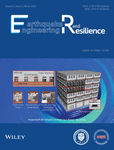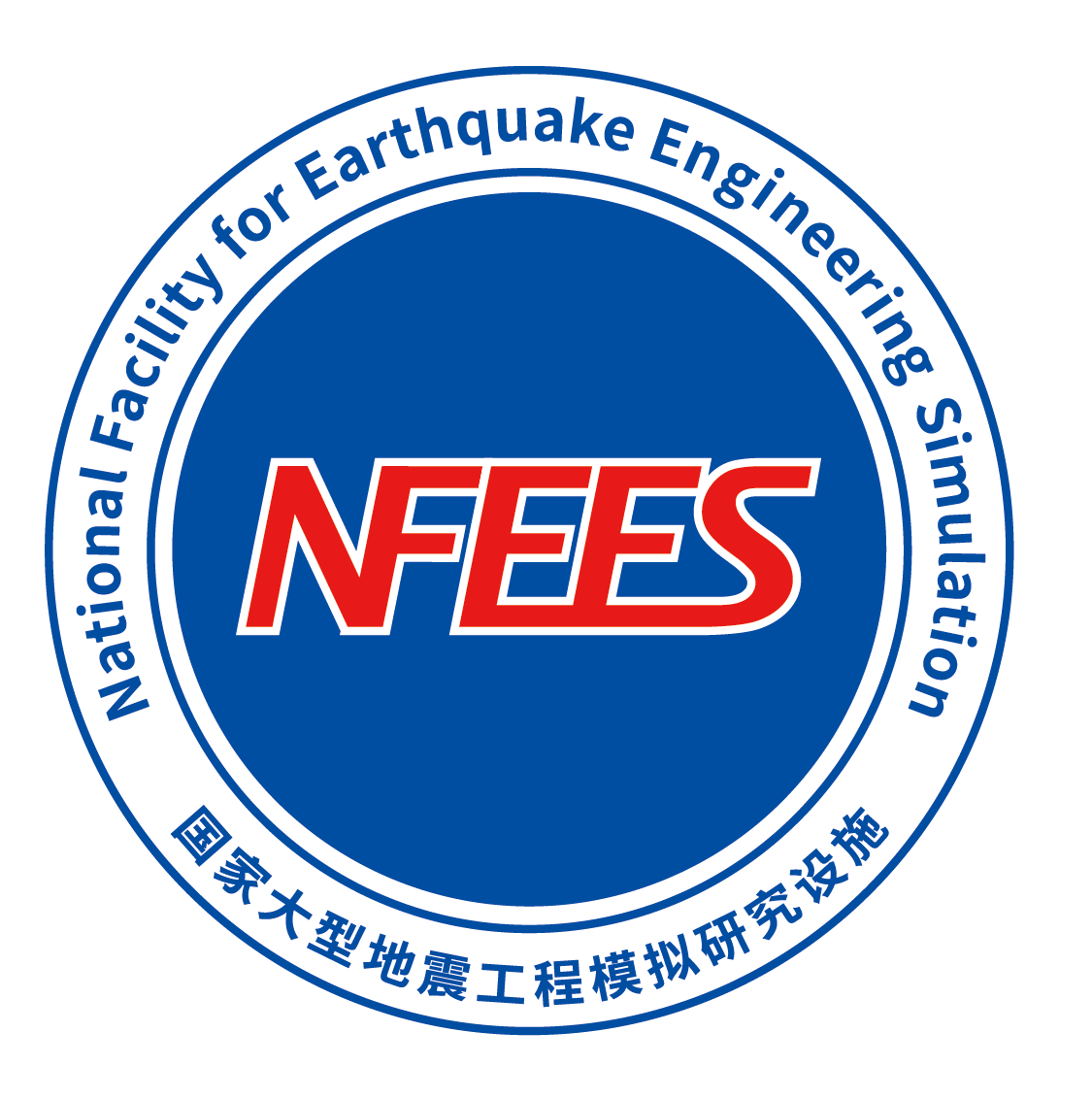Journal list menu
Export Citations
Download PDFs
ISSUE INFORMATION
RESEARCH ARTICLES
Investigation of nonproportional damping characteristics of structure with energy dissipation system
- Pages: 5-28
- First Published: 28 March 2023

In this study, the pseudo-excitation method is introduced to perform random spatial seismic response analysis of such a structure considering different damper arrangements. The analysis results show the effects of nonproportional damping characteristics due to these arrangements, and the nonproportional damping characteristic index can estimate the strength of these characteristics. Moreover, the virtual excitation method can be used to determine the weak parts of the structure.
Structural damage identification based on pattern matching using the flexibility change rate
- Pages: 29-51
- First Published: 29 March 2023
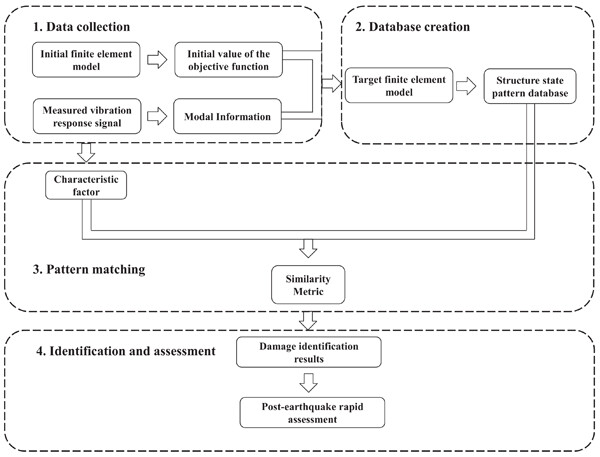
This paper proposes a rapid damage identification method for postearthquake structure based on pattern matching using the flexibility change rate. Since the flexibility change rate is analytically related to the natural frequency and mode shape of the structure, it is not affected by external excitation. The first two orders of modal information are obtained from the target finite element method, and the flexibility change rate vectors for various damage scenarios form the pattern database.
Seismic performance analysis of steel frame structures with separated three-dimensional isolation
- Pages: 52-73
- First Published: 28 March 2023
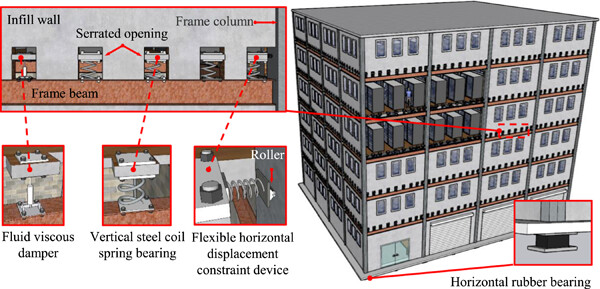
A separated three-dimensional isolation scheme for steel frame structures is proposed by installing horizontal isolation at the base and vertical isolation beneath the floor slabs. It can achieve a high isolation effect, mitigate the motion coupling, and restrain the rocking behavior significantly without any rocking constraint devices, thus protecting the structure and nonstructural components. Besides, the vertical load on vertical isolators is significantly reduced, making it easy to design and manufacture.
Seismic control of a smart structure with semiactive tuned mass damper and adaptive stiffness property
- Pages: 74-93
- First Published: 28 March 2023
Study on simulation of real-time hybrid model test for offshore wind turbines
- Pages: 94-110
- First Published: 27 March 2023
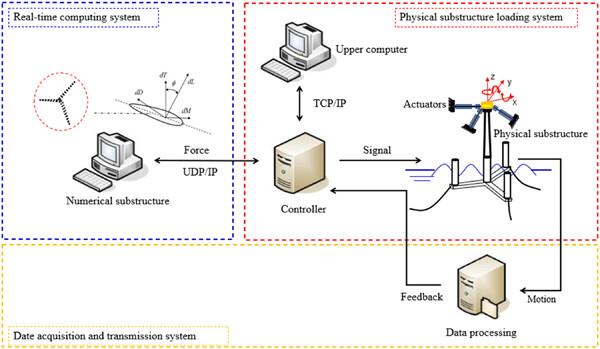
In this study, taking the 5 MW Braceless floating offshore wind turbine as the research object, a conceptual design of a real-time hybrid model test system for Braceless offshore wind turbines is proposed. Six sets of working conditions are set for simulation to study the motion and force performances of the hybrid system. The performance requirements of the Braceless structure for the loading device in the real-time hybrid test are quantified.
Seismic hazard mapping of Ohrid, North Macedonia
- Pages: 111-130
- First Published: 27 March 2023
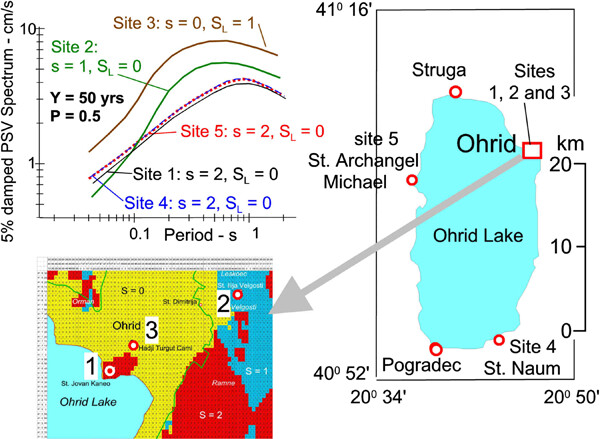
A seismic microzonation study is presented for the city of Ohrid in North Macedonia, an important World Heritage Site, exceptionally rich in archeological, architectural, and cultural sites. The Uniform Hazard Method was used to compute the amplitudes of strong motion, with explicit consideration of the geological site conditions.
Seismic performance of rocking-delayed spine frame system with base initial gaps
- Pages: 131-157
- First Published: 28 March 2023

This study proposed a rocking-delayed spine frame system that provides an initial gap at the side column bases of the spine frame. The hysteresis behavior of the proposed system was theoretically studied, and the cyclic loading test results of 16 specimens were examined to verify its performance. Subsequently, the seismic performance of the proposed system was investigated using nonlinear time-history analysis. The analysis results revealed the influence of the initial gap on the seismic responses.




